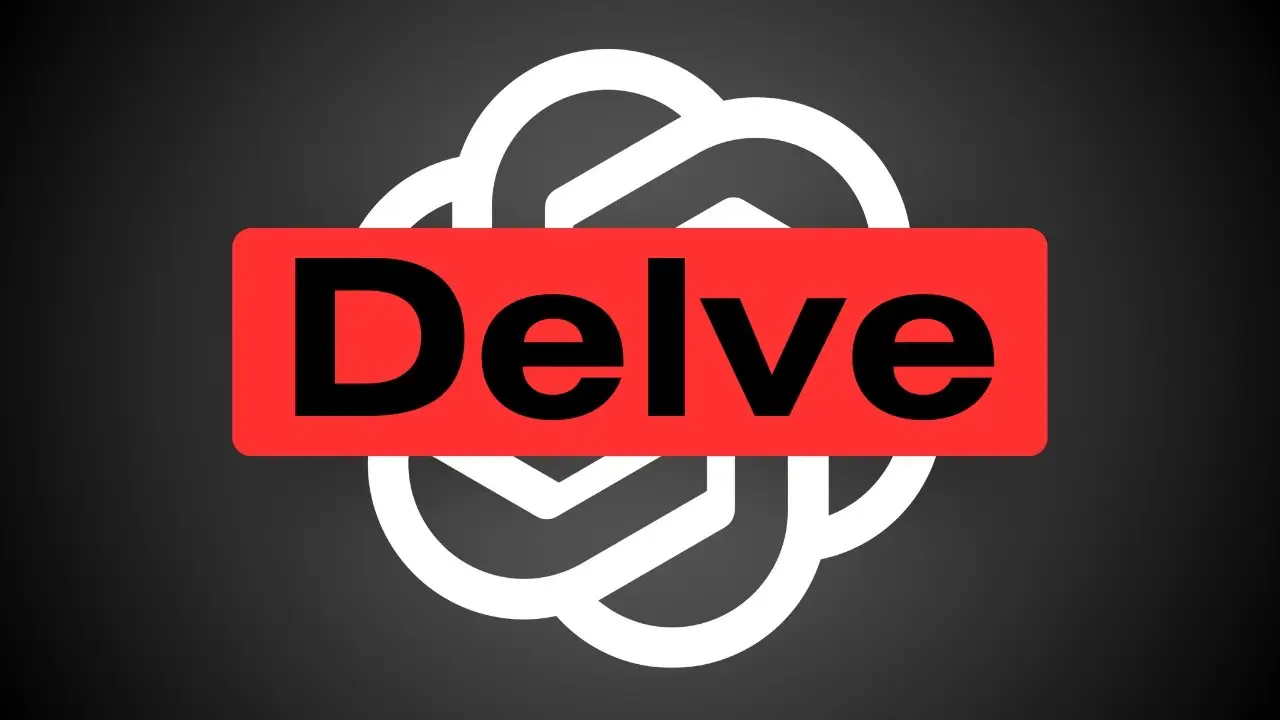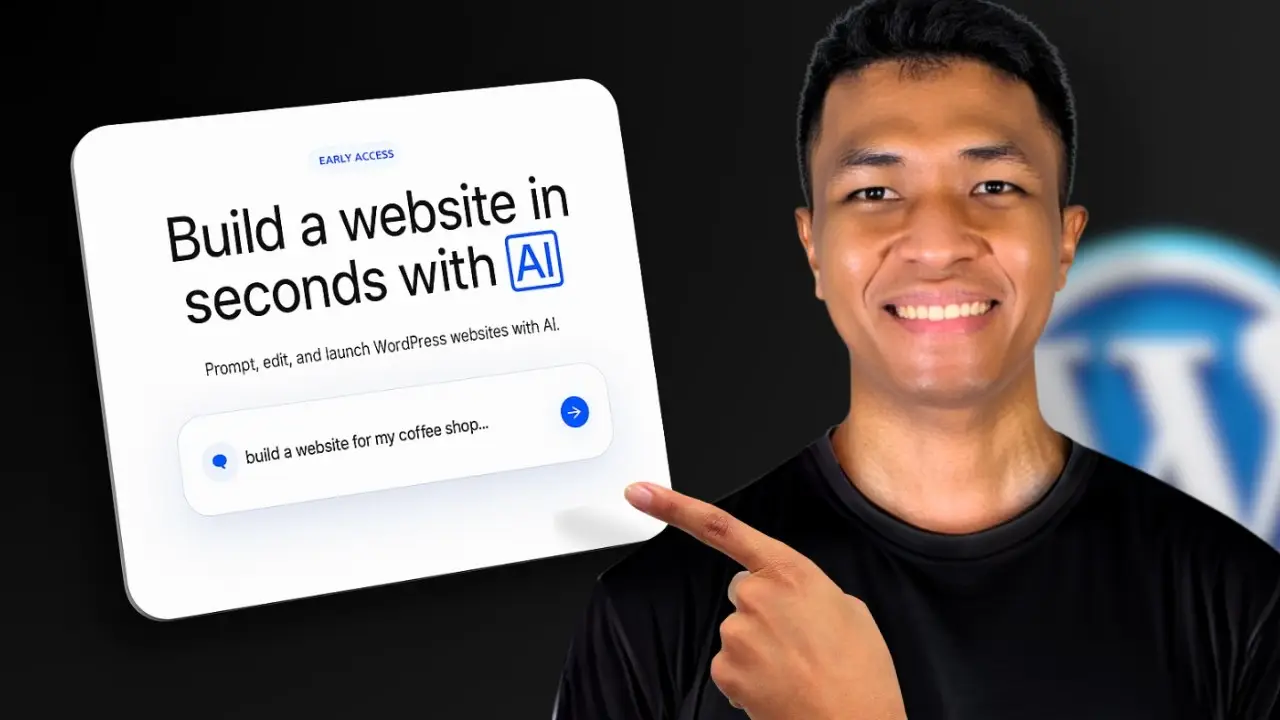- Always test multiple AI models to find the best fit for your content needs.
- Avoid plagiarism by refining prompts and using third-party tools.
- Keep prompts concise and specific to avoid overwhelming AI and losing important details.
It’s been over a year since we’ve had access to fantastic AI tools like ChatGPT, Gemini, and Claude. These tools have become incredibly user-friendly, yet many of us still make common mistakes when using them, especially for content creation. I’ve personally made my share of blunders along the way, and today I’ll share those mistakes along with practical tips to avoid them.
Mistake 1: Relying on Just One AI Model
Imagine this scenario: you have a toothache that’s ruining your day. You visit a dentist who insists your tooth must be removed—expensive and permanent. Not convinced, you see another dentist who reassures you that removal isn’t necessary. Still unsure, you consult a third dentist who agrees with the second one. Now you’ve got two against one, making your decision easier.
This analogy perfectly illustrates why relying on just one AI model isn’t ideal. Many people stick exclusively to ChatGPT because it’s popular or familiar. But different AI models excel at different tasks—just like dentists have different opinions. To get the best results, it’s crucial to test multiple AI tools like ChatGPT, Claude, Gemini, or even open-source models like Mistral or LLaMA 3.
Of course, subscribing individually to premium AI services isn’t always economical. Instead, consider intermediary platforms like u.com or Perplexity that let you compare multiple AI models easily. This way, you can quickly figure out which AI suits your specific needs best.
Watch the full video here: ChatGPT Mistakes Most People Still Made
Key Takeaways:
- Always compare multiple AI models for better results.
- Avoid overly long prompts; keep them concise and efficient.
- Remove cliché words from AI-generated content to sound more human.
Mistake #1: Assuming AI Content is Always Unique
When ChatGPT first launched, many creators—including myself—thought we’d hit the jackpot: unlimited unique content at our fingertips! Unfortunately, that’s not entirely true. If you’ve ever tested an AI-generated article through plagiarism checkers like Grammarly or Copyscape, you’ll often find phrases or paragraphs flagged as plagiarized. Why? Because similar prompts produce similar outputs.
Here’s how you can minimize this issue:
- Be Specific: Vague prompts lead to generic responses. Instead of “Write an article about SEO,” say “Write a 500-word blog post about ‘SEO myths debunked by Google leaks’.” (Check out my detailed guide on SEO myths according to Google leaks for inspiration.)
- Use plagiarism detection tools regularly if you’re creating critical content.
- Edit and revise your work thoroughly after generation—adding your unique insights helps ensure originality.
Mistake #2: Overloading Your Prompts
Ever gone grocery shopping without writing down your list? You confidently stroll into the store thinking you’ll remember everything—milk, bread, biscuits, meat—but inevitably forget something important like milk.
AI faces similar limitations. While platforms advertise huge token limits (essentially word counts), there’s a sweet spot for prompt length. Overloading an AI with lengthy instructions can dilute crucial details and result in incomplete or inaccurate responses.
To avoid this:
- Keep prompts concise yet specific.
- Avoid redundant instructions (e.g., saying “SEO-friendly” already implies proper headings; no need to repeat it explicitly).
- Ask the AI itself to optimize your prompt if you’re unsure how to shorten it effectively.
For more tips on crafting concise yet effective prompts, check out my post on crafting perfect AI prompts for blog posts.
Mistake #2: Ignoring Contextual Nuances
AI-generated text often struggles with subtlety—sarcasm, idioms, metaphors—things humans naturally grasp but machines don’t quite get yet. If you’re relying solely on AI without human oversight, your content might miss the mark in terms of tone and context.
Here’s how I handle contextual accuracy:
- Always edit and revise your content manually after generating it with AI.
- Add personal insights and unique perspectives during revisions.
- Double-check cultural references or humor that might not translate well through automated writing.
For more detailed tips on humanizing your content effectively, read my guide on how to really humanize AI content.
Mistake #3: Overusing Cliché Words & Phrases
Have you noticed how certain words exploded in popularity after ChatGPT became mainstream? Words like “delve,” “unleashing,” “mastering,” and “uncovering” suddenly appeared everywhere online in 2023 thanks to repetitive use by generative AIs. These words sound unnatural in everyday conversation and make your content feel robotic rather than relatable.
To fix this issue:
- Create a blacklist of cliché words (like tapestry, delve, unleash) that ChatGPT loves too much.
- Include this blacklist directly in your prompt instructions so the generated text avoids these terms altogether.
- Regularly edit generated drafts manually to replace repetitive phrases with natural-sounding alternatives.
I’ve compiled an extensive list of these overused words—check out my post on overused words in ChatGPT for more examples you should absolutely avoid!
Mistake #4: Skipping Iterative Prompt Refinement
One-and-done prompting rarely yields optimal results from any AI model. Just as you’d refine a recipe after tasting it once or twice (maybe less salt next time?), refining your prompts iteratively improves outcomes significantly.
Here’s how:
- Start with clear initial instructions.
- Evaluate output carefully; note what’s missing or off-target.
- Adjust follow-up prompts accordingly until satisfied with results.
Through this iterative refinement process—prompting multiple times—you’ll achieve consistently better quality outputs tailored precisely toward your goal.
Mistake #4: Forgetting Human Editing & Personalization
AI is powerful but not perfect—it lacks genuine creativity and personal perspective inherent only in human writers (at least for now!). Relying solely on automated drafts without human editing leads inevitably toward generic-sounding articles devoid of personality or depth.
Instead:
- Treat ChatGPT as an assistant rather than sole creator.
- Inject personal insights throughout generated drafts during revisions.
- Edit thoroughly afterward; tweak phrasing here-and-there until each piece truly reflects your voice rather than sounding robotic or impersonal.
For additional ideas about creating standout articles using both human creativity & artificial intelligence together harmoniously check out my post: 11 things you must add to your AI articles.
Wrapping Up – Get Better Results From Your Favorite AIs!
AI tools like ChatGPT are incredibly powerful allies when used correctly—but they’re not magic wands! Avoid these common pitfalls by being mindful about prompt specificity & length limitations; paying close attention contextually nuanced language usage; cutting out clichés proactively via blacklists/prompts; iteratively refining instructions based upon previous outputs—and always adding authentic human touches afterward through thoughtful editing processes!
By following these simple yet impactful strategies consistently—you’ll produce engaging high-quality articles faster than ever before while maintaining authenticity readers crave most from online content today!






